As their name, these batteries designate for one time usage
Advantages & Disadvantages of these type of batteries:
- High energy density. Can reach 700Wh/Kg
- Can operate or be stored for years (usually 5-10 years)
- Lower self-discharge
- No charging + less control electronics = simpler solution
- In proper design, can be easily replaced in the field.
- Low current (low C-rate) only. Even high current types are considered low in comparison to rechargeable batteries.
- Less environment friendly than rechargeable batteries.
- More problematic to transport
- For large batteries – usually not cost effective.
The leading technologies of this field of the primary batteries are Alkaline and Lithium under several types:
Lithium-Thionyl chloride (Li-SOCl2) – Bobbin Basic features:
- High energy density ~650Wh/Kg
- Low discharge power ~0.05C puls
Lithium-Thionyl chloride (Li-SOCl2) – Spiral Basic features:
- Lower energy density ~400Wh/Kg
- Higher discharge power ~0.3C pulse
Lithium Manganese Dioxide (LiMnO2)
Lithium Sulfur Dioxide (LiSO2)
Amicell conducted several projects using these type of cells. Usually – aerial applications & sealed equipment. There is a large variety of brands & manufactures with different quality & cell dimensions, from which Amicell chooses the brands most fit the customer. Our tests of these type of cells include short performance tests, FAI tests and long life tests.


